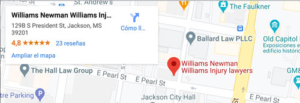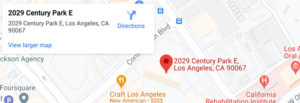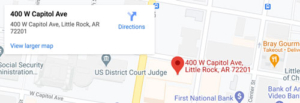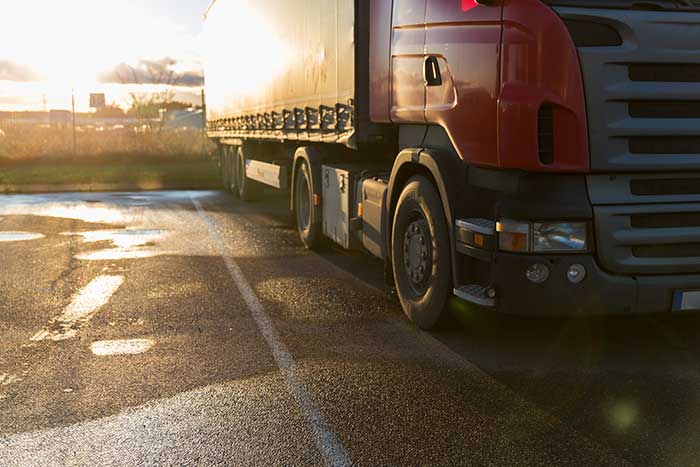Study Reveals the Safety Benefits of Roundabouts
Far fewer Mississippi residents would be killed on the roads if complex intersections in the state were replaced with roundabouts according to a report published on Oct. 30. A research team from the Minnesota Department of Transportation studied how many accidents took place at 144 junctions in the North Star State before and after roundabouts were built, and they discovered that fatalities fell dramatically while property damage crashes soared when traffic circles replaced stop signs and signals.
The findings of the MnDOT team may have been expected by road safety advocacy groups who have long lauded the safety benefits of roundabouts. Deadly accidents occur at intersections when the front of one vehicle traveling at speed strikes the side of another, but roundabouts virtually eliminate T-bone crashes because all of the traffic on them travels in the same direction. Roundabouts also reduce serious collisions by forcing drivers to slow down when entering them.
According to the MnDOT study, fatalities fell by 86 percent after roundabouts were built, but minor accidents that caused only property damage increased by as much as 200 percent. Property damage collisions were highest at roundabouts that feature two lanes of traffic at each approach. While the safety benefits of roundabouts are well established, they have been criticized in some circles because they confuse drivers, are challenging to navigate for tractor-trailer drivers and have been linked with higher pedestrian injury figures.
Accidents at intersections often occur when drivers ignore red lights or stop signs. Police investigations into this kind of collision are sometimes perfunctory when injuries are minor, and experienced personal injury attorneys may conduct additional inquiries to gather the evidence they need to establish liability in car accident lawsuits. These efforts could include canvassing the area for witnesses that may have been overlooked by police and viewing the footage recorded by nearby surveillance and traffic cameras.
















